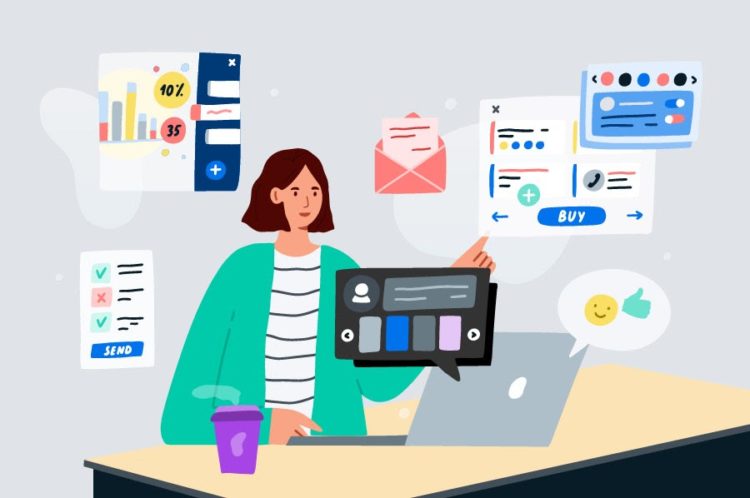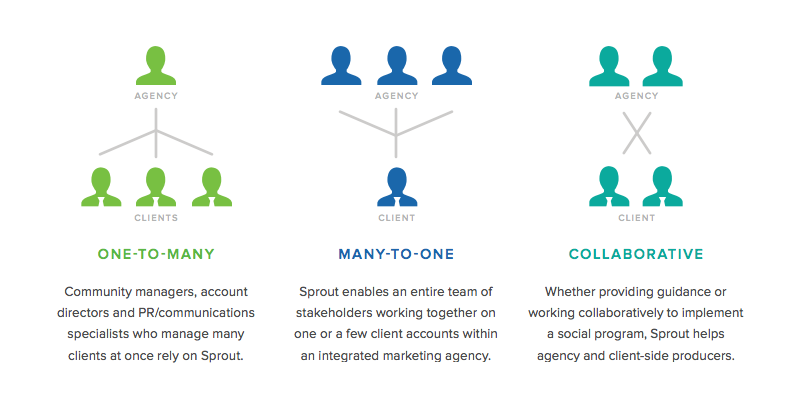
Hashtags have become an essential part of the social media experience. To remain competitive in the social media market, brands must adopt an effective hashtag strategy. REQ can assist brands in incorporating hashtags into a social media strategy. We'll be covering three types of hashtags: Event-specific and Branded. We'll show you how to use them all. Make sure to use them all in order to maximize your social-media ROI. Follow these hashtag tips to increase your social media visibility!
Use hashtags that are specific to your location
It's easy to target customers who live in specific areas by using location-specific hashtags on social media. You can easily search for a location on Instagram and then use the hashtags associated with it to make your post relevant. However, you'll also need to make sure to include other relevant hashtags as well. Local clients are key to your success. Use local hashtags in all of your posts.
Branded hashtags
Social media hashtags that are associated with a brand can help reach new audiences. This strategy is extremely beneficial for businesses. When people use a hashtag that is associated with a particular brand, it makes it easier for them to find all the content that the brand has to offer. This is what #GoPro, the popular camera brand, does. A branded hashtag allows the camera manufacturer to share content that has been shared by its customers.

Event hashtags
Use event hashtags on Social Media is essential for marketers in order to connect with attendees. Marketers can use the right hashtags to increase their exposure, improve search engine optimization, and attract people for discussion. These hashtags can contain anything, from the event's name or location to giveaways. Here are some ideas to include hashtags in marketing strategies. Then, you'll be on your way to connecting with your audience in a fun and interactive way!
#categorical
Branded hashtags will increase the visibility of your social media posts. These hashtags can be used by branded companies to ensure that their posts are seen by a particular audience. According to Social Sprout, approximately 70% of hashtags on Instagram are branded. Similarly, trope-related hashtags are used to touch on certain categories and can be quite effective if they have an appropriate following. The more you use them the more exposure you will get.
Use hashtags in order to encourage user-generated contents
You can encourage people to use your brand's hashtags to post photos of them wearing your products. Clothing retailer Monsoon, for example, has created the #mymonsoon hashtag for the photos of its customers wearing its clothes. Wayfair's homeware brand created the hashtag #wayfairpetsquad for photos of pets using their furniture. This creates a community among pet-owners and also tells potential buyers that Wayfair furniture can be used.

FAQ
Should I hire a writer to write my Content Marketing?
No! To produce content for your business, you don't necessarily need to hire a professional author. There are many free resources available that can help you get going.
How can I improve the content marketing strategy of my company?
Focusing on distribution, audience and content can help improve your content marketing strategy. You must first understand your ideal customer. Also, find out where they are online. Once you have this information, it is possible to tailor your content so that they are interested in what you are offering. The second is to develop a voice and style unique enough to distinguish yourself from your competition. The third step is to determine how to best distribute your content.
What are the different content strategies?
Content strategy can be described as a broad term that covers all aspects of creating, managing, distributing, measuring, and optimizing content for digital channels. It's not just what you publish on social media sites such as Facebook and Twitter but also what you choose to highlight on your website, blog, and other online properties.
Content strategy is important as it lets you know where your attention should go, what content you should use, how to communicate your messages to your audience, and which types of content you should use.
Understanding how content fits in with the overall business goals and objectives is key to helping you reach them.
How can content marketing strategy help me?
Content Marketing Strategy grants you access to data that you would not otherwise have. This data allows for you to evaluate which types of content are performing better than others.
It allows you to identify the most effective strategies to drive more visitors to your site. It gives you insight into your audience to help you develop better content.
This allows you to focus on the good content and less worrying about whether it works.
You can also use a Content Marketing Strategy to determine which messages are most popular with your audience.
You can find out their preferred content by analysing these messages. So that you can continue creating similar content and keeping those ideas in motion.
Finally, a Content Marketing Strategy will help you track how your content performs. As you continue sharing different content types, you can easily see which ones convert better.
In summary, a Content Marketing Strategy will ensure that your content performs to its potential.
What content marketing agencies offer the best services?
Most content marketing agencies have extensive knowledge in developing content strategies for clients.
Their expertise can save you time and help you to create a personalized plan that is tailored to your needs.
But you shouldn't assume that all agencies possess the skills needed. Some companies specialize only in certain niches, like eCommerce. Others specialize in certain industries, such as law firms.
Ask them what areas they are skilled in to find the agency that is right for you.
What are the 7 steps of content marketing?
The content marketing process is seven steps long
-
Identify the problem
-
Find out what's currently working
-
Find new ideas
-
Use them to create strategies
-
They are worth a try
-
Measure results
-
You can continue this process until you find something that works.
This approach is proven to work for all businesses, large or small.
Does Content Marketing require an SEO specialist? Yes!
SEO experts are familiar with how search engines, such as Google, rank pages. They can also help you choose the right keywords to optimize your page.
Statistics
- According to research compiled by Coschedule: Companies that publish 16+ blog posts a month get as much as 3.5x as much traffic as those that publish 0-4 posts a month. (criteo.com)
- According to our research, 65% of companies with very successful content marketing in 2021 ran content audits at least twice a year. (semrush.com)
- Seventy-two percent business to business (B2B) (mailchimp.com)
- Forty-seven percent of buyers view 3 to 5 pieces of content before engaging with a sales representative. (mailchimp.com)
- In fact, would pay more for a better customer experience, and 86% of B2B buyers would pay more. (neilpatel.com)
- According to our research, brand awareness, attracting traffic, and generating leads remain the key content marketing goals in 2022. (semrush.com)
- Progress indicators (0–100%) allow each team member to see how attainable each goal is and understand what remains to be accomplished. (semrush.com)
- Companies that use content marketing see approximately 30% higher growth rates than businesses not using it. (mailchimp.com)
External Links
How To
Infographic Design Tips for Content Marketing
Infographics make complex concepts simple and easy to understand. Information marketing is about providing valuable and useful information to your target audience. Infographics are a great way to share this message.
To create an infographic, you will need to use design software like Adobe Illustrator or Photoshop. These programs are great for creating infographics. Once you are happy with your design, you can upload images to Unsplash and Pixabay for your design.
Look online for inspiration to create your own infographics. A picture of a food Pyramid could be used to show how many calories each food has. You might also want to calculate how many calories are in soda pop. This can be done by taking a picture with a bottle of Coke.
Once you have created your infographic it is possible to share it via social media channels like Facebook, Twitter and Google+. This allows people who don’t know much about the topic to find out more. If you decide to post your infographic on social media platforms, include hashtags so others can see what you're talking about. Users can follow along with specific conversations using hashtags.
You can make infographics shorter if your posts are short. An average blog post is between 2000 and 5000 words, while an infographic takes 500 to 1000 words. That means you can get more information across in less space.
Remember that not all viewers can read small font sizes when designing an infographic. Your graphics should be large enough in font size and not rely on too much color. Also, ensure all text is legible.
Here are some other tips.
-
Use an infographic template. There are many online templates that you can download or print. Canva and Piktochart are some of the most popular.
-
Create your Infographic. Use the template to create your infographic. You can use any type of media that is appropriate for your audience. In this example, photos of Seattle restaurants might be used to create an infographic about Seattle's best restaurants.
-
Add text. Add text to your infographic once you have it created. You can use Microsoft Word, PowerPoint or Canva to add text.
-
Add images. Add images to an infographic. These can be pictures, charts, graphs, or icons. You should make sure that the picture you upload is related to your topic.
-
Make it interactive. You can add interactive elements, such as maps, buttons, and links. This will allow you to engage your audience.
-
Share. Share your infographic after you're done.
-
Measure. Do you know how well your infographic performed? Are people clicking through to your website or not? Did they signup for your mailing list? What was their reaction when you showed them your infographic
-
Improve. Do you think there are ways to improve your infographics Do you think your infographic could be better?
-
Repeat. Do it again.